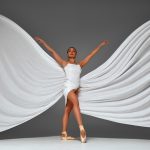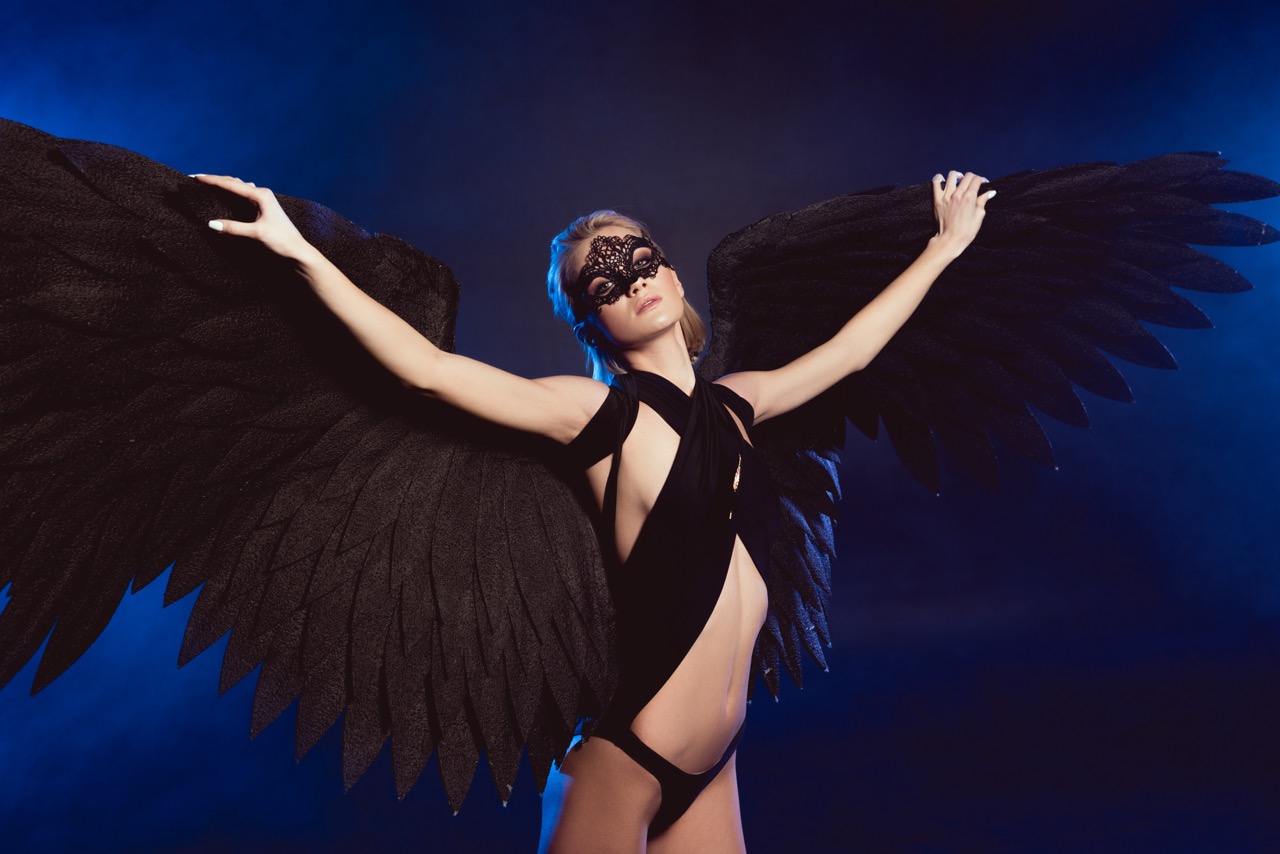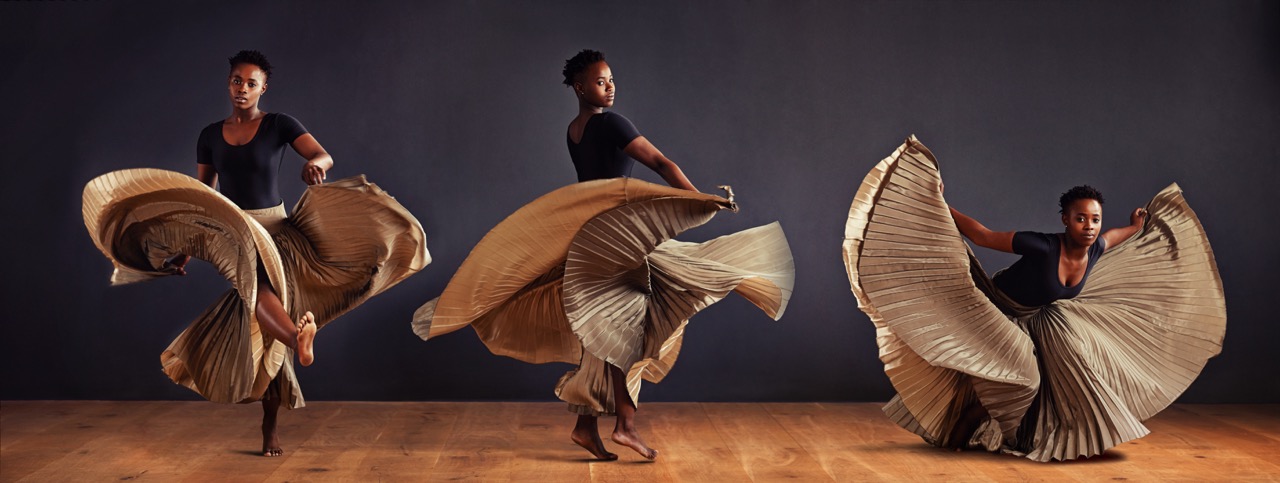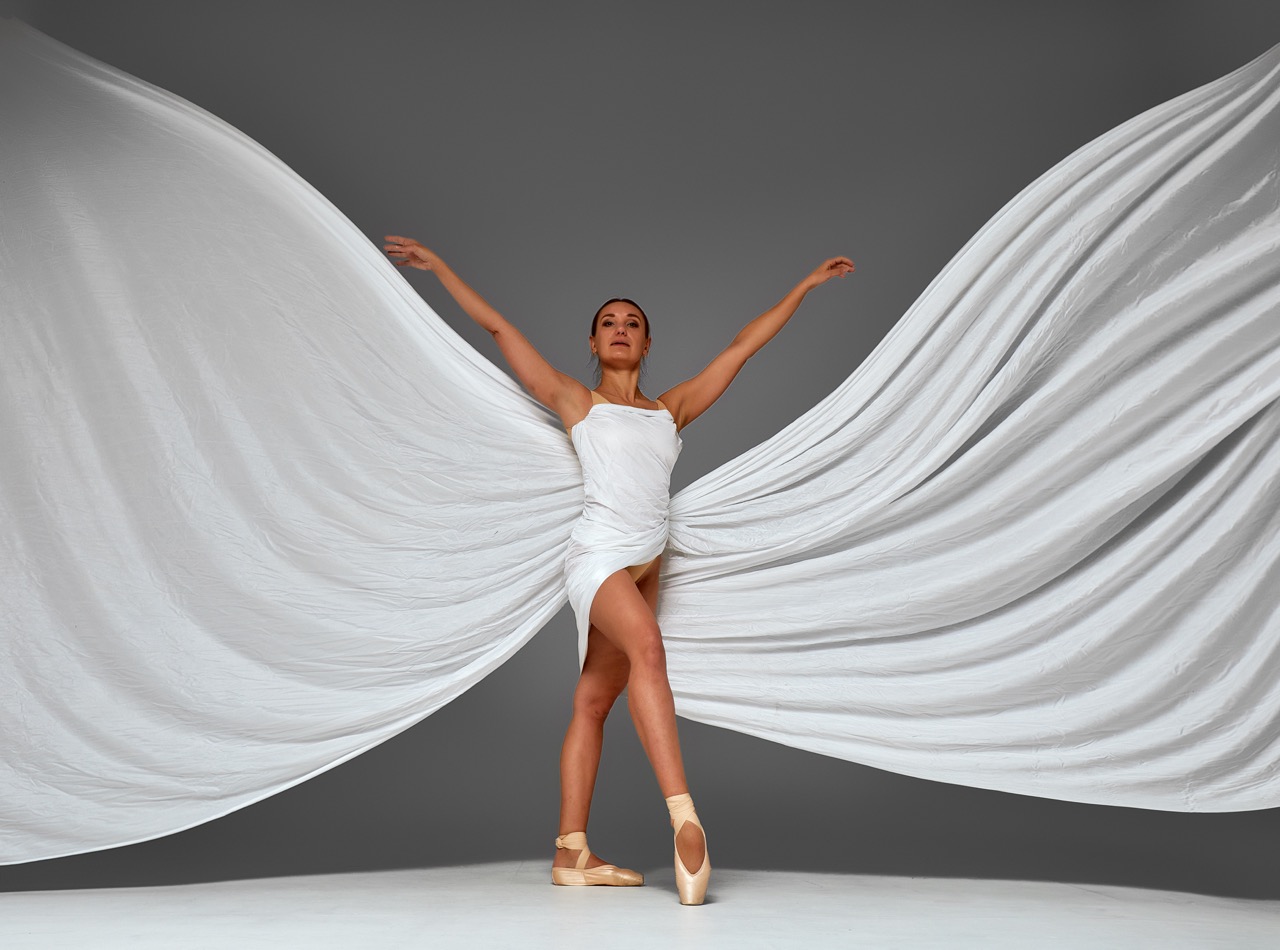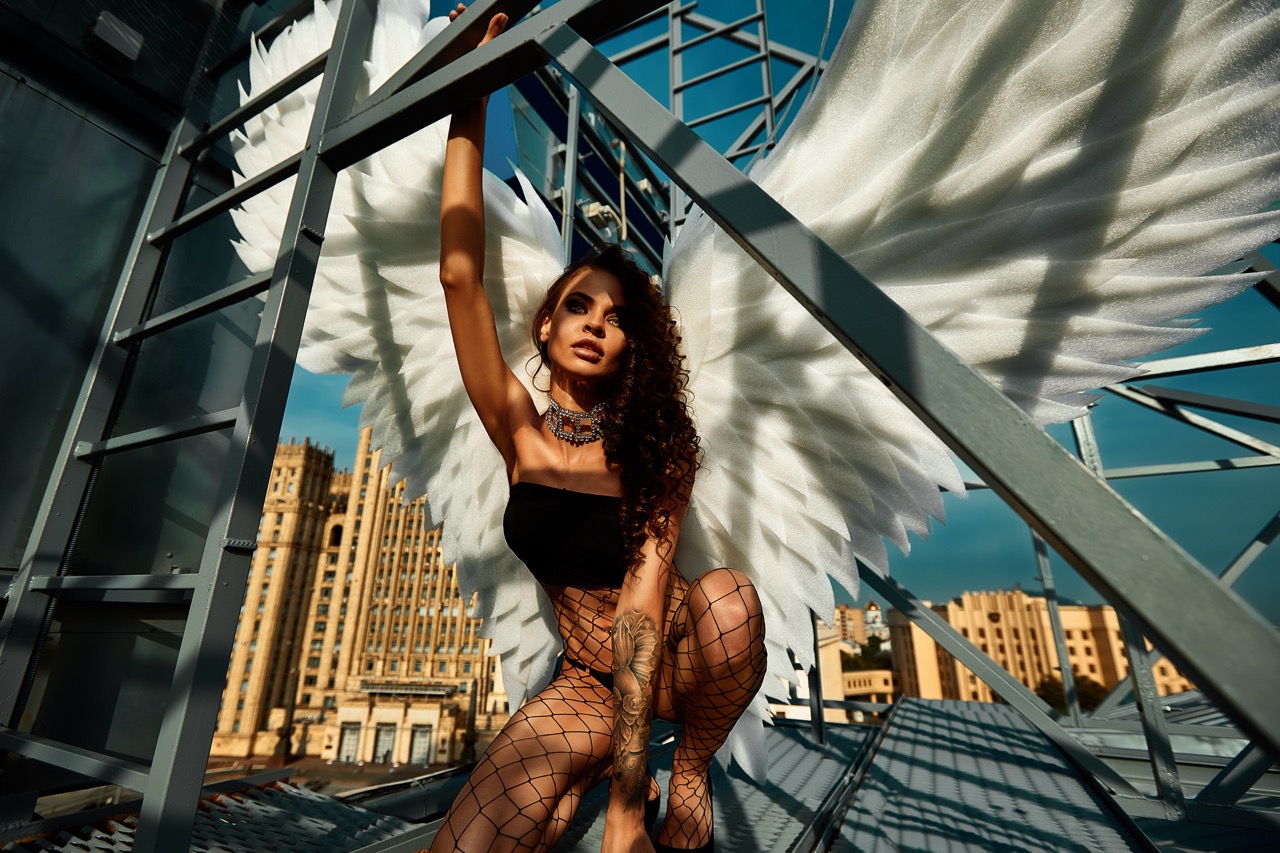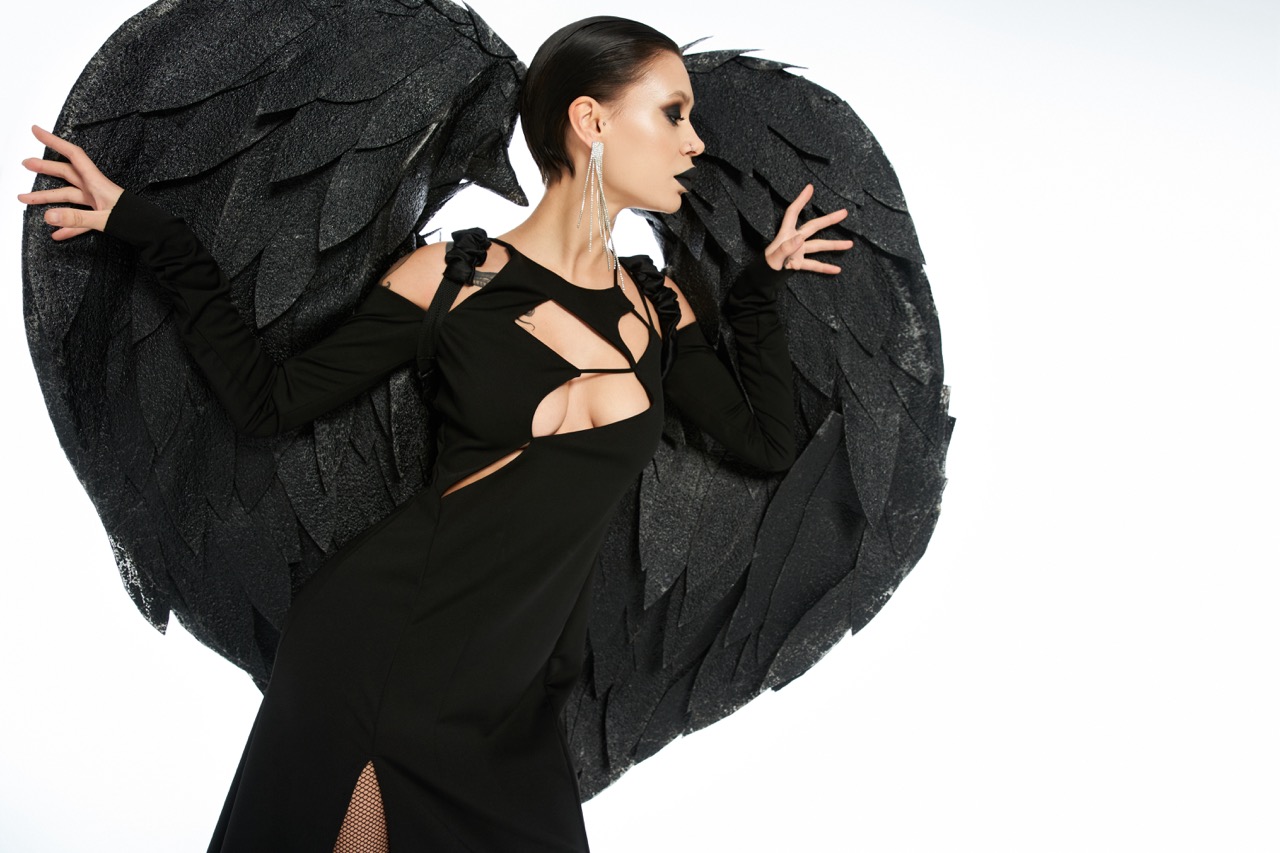In the dynamic world of dance fashion, the choice of wing materials has become a subject of vibrant discussion among choreographers, dancers, and designers alike. Feathered wings and fabric wings represent two distinct aesthetics and functionalities that can dramatically transform a dance performance. This article explores the evolution of dance fashion regarding these two types of wings, examines their aesthetic appeal, performance dynamics, and considers the sustainability aspects associated with their use. The choice between feathered and fabric wings is not merely a matter of preference; it reflects broader trends in artistry, performance, and environmental consciousness.
The Evolution of Dance Fashion: Feathered vs. Fabric Wings
The use of wings in dance has a rich history, evolving from symbolic representations of freedom and transcendence to becoming integral components of modern dance attire. Feathered wings have been traditionally associated with theatrical performances, where their opulence and texture added a sense of grandeur and drama. The incorporation of feathers—once a luxury reserved for elite entertainers—has transitioned into more accessible designs in recent years, allowing a wider range of performers to experiment with this flamboyant style.
Conversely, fabric wings have emerged as a contemporary alternative, often inspired by various cultural and artistic movements. The advent of synthetic materials has allowed designers to create wings that are lighter and more versatile, catering to the demands of diverse dance styles. As dance evolves and incorporates more multimedia elements, fabric wings provide a canvas for creativity, capable of being adorned with vibrant prints and patterns that complement the choreography. This shift towards fabric is emblematic of the broader trend in dance fashion to embrace practicality without sacrificing visual impact.
Moreover, the rise of social media and digital platforms has influenced the evolution of dance fashion. Dancers are now not only performers but also influencers, showcasing their styles to global audiences. Feathered wings, while visually captivating, can present challenges in terms of maintenance and transport, leading to a preference for fabric wings among many modern dancers. This evolution reflects not only a shift in material choice but also in the very nature of performance art, where practicality and aesthetic appeal must coexist harmoniously.
Aesthetic Appeal: How Material Choices Transform Movement
The aesthetic appeal of wings in dance is largely dictated by their material. Feathered wings evoke a sense of ethereality and elegance, capturing light and movement in ways that create mesmerizing visual effects. The natural irregularities of feathers can add depth, with each flutter and sway telling a story of its own. Dancers donning feathered wings often amplify the drama of their performances, allowing the wings to serve as an extension of their expressions and emotions.
On the other hand, fabric wings offer a different kind of aesthetic magic. With the ability to manipulate colors, patterns, and textures, fabric wings can transform the dancer into a living canvas. Designers can experiment with fabric flows and shapes that respond to movements in unique ways, creating striking contrasts against traditional dance forms. The versatility of fabric allows for thematic interpretations, enabling dancers to embody characters or narratives that resonate with their audience in profound ways.
Ultimately, the choice between feathered and fabric wings comes down to the intended artistic expression. While feathered wings may lean towards a more classical, romantic aesthetic, fabric wings open the door to innovation and modernity. As dance continues to evolve, the aesthetic choices surrounding wings will inevitably shape the narratives and emotions conveyed in performances, influencing the way audiences perceive and engage with the art form.
Performance Dynamics: Weight, Flexibility, and Impact
When considering performance dynamics, weight and flexibility become critical factors in choosing between feathered and fabric wings. Feathered wings, while visually stunning, often come with a significant weight that can affect a dancer’s movement. This added weight requires dancers to adjust their techniques, sometimes sacrificing fluidity for the sake of maintaining stability. Moreover, the structure of feathered wings can be less forgiving in terms of flexibility, as they are typically designed to maintain a particular shape, which can hinder a dancer’s ability to execute intricate movements.
In contrast, fabric wings are generally much lighter, allowing for greater flexibility and freedom of movement. Dancers can incorporate a wider range of motions without the burden of added weight, enabling them to express themselves more freely during performances. This flexibility can enhance the overall performance dynamics, allowing for spontaneous artistic choices that may otherwise be limited by the constraints of feathered wings. Fabric wings often sway and ripple dramatically, adding an extra layer of visual impact that can enhance choreography.
However, the impact of wings on performance goes beyond mere movement. The choice between feathered and fabric wings can also influence a dancer’s presence on stage. Feathered wings may evoke a sense of grandeur and spectacle, while fabric wings can enhance agility and grace. The interaction between the dancer’s body and the wings is crucial in creating a compelling performance, shaping how audiences perceive the overall artistry at play. Thus, the selection of wing material becomes a strategic decision, directly affecting the narrative and emotional resonance of the dance.
Sustainability Matters: The Environmental Cost of Wings
In an age where environmental consciousness is paramount, the sustainability of dance fashion has come to the forefront. Feathered wings, while breathtaking, often come at a significant ecological cost. The sourcing of feathers can contribute to the decline of bird populations and disrupt natural habitats, raising ethical concerns among conscientious designers and performers. As the demand for feathered costumes increases, the industry must confront the reality of its sustainability and explore alternative materials that do not compromise the environment.
On the other hand, fabric wings present an opportunity to embrace sustainable practices within dance fashion. The use of recycled or eco-friendly fabrics is on the rise, allowing designers to create stunning pieces that resonate with modern values. Many brands are now investing in sustainable sourcing practices, working with materials that minimize environmental impact while still delivering on aesthetic and performance qualities. This shift not only reflects a growing awareness of environmental issues but also aligns with the ethos of many contemporary dancers who prioritize sustainability in their artistry.
Moreover, the conversation surrounding sustainability in dance fashion extends beyond material choice. It encompasses the entire lifecycle of costumes, from production to disposal. Dancers and designers are increasingly adopting practices such as upcycling and renting costumes, reducing waste and fostering a circular economy within the industry. As sustainability continues to shape the future of dance fashion, the choice between feathered and fabric wings will likely reflect not only aesthetic preferences but also a commitment to preserving the planet for generations to come.
In conclusion, the comparison between feathered and fabric wings in dance fashion reveals a tapestry of considerations that extend beyond mere aesthetics. The evolution of dance fashion has allowed for a richer exploration of materials, each bringing its unique dynamics to the performance. While feathered wings offer a traditional appeal rooted in elegance, fabric wings provide a modern, sustainable alternative that embraces flexibility and innovation. As the dance world continues to evolve, so too will the materials and philosophies behind its fashion choices, ultimately enriching the artistry that defines this captivating form of expression.

